Tips to Control Carpenter Bees
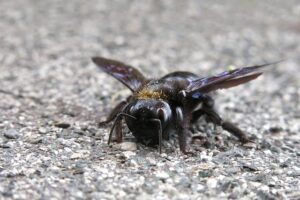
Carpenter bees are among the beneficial insects that help to pollinate plants, a common name for carpenter bees is known as wood bees. However, the challenge of carpenter bees around your home is the damage they do to pine and cedar. The damage is done when bees construct their nest in pine or cedar wood, this invasion of the wood creates galleries that lead to a weakened structure. If carpenter bees are making their presence felt around your home, this guide can help you manage them and prevent an infestation.
Carpenter Bee Identification
Carpenter Bees have a blue-black, green, or purple metallic sheen, their abdomen is shiny and hairless, and the female can be easily distinguished from the males. Females have entirely black heads, while the male heads have white markings. Carpenter bees measure in size from 12 to 25 mm in length.
Carpenter Bee Life Cycle
Carpenter bees go through four stages: egg, larva, pupa, adult, and typically produce 1 generation each year. Depending on the temperature, the life cycle takes about 7 weeks. Once the eggs hatch, the larvae begin feeding on the ball of nectar and pollen that the female collects. The life span of carpenter bees is about 1 year, each new generation hatches in late summer. During fall, as they grow and feed, they pollinate flowering plants. Once the colder months arrive, carpenter bees go into hibernation. In April and May, the bees once again emerge, where they begin to mate.
How to Identify Carpenter Bee Damage
Signs you may have carpenter bees.
- Wooden surface has circular holes that are 1/2- to 3/4-inch, the holes can range from the size of a pencil eraser to the size of a penny. The holes have no sawdust around them but are rather smooth and clean, the missing sawdust however is used to create partitions in their nests. Carpenter bees mix sawdust and nectar compressing it to make particle-board-like walls.
- Signs of feces stains will be seen, leaving yellowish-brown stains around entry points.
- Faint buzzing sounds may be heard coming from within wooden structures as the bees work inside.
- Males will often be hovering outside the nesting hole while the female is working inside, this hovering or flying is the male protecting their territory.
Carpenter Bee Management
There are several ways to manage carpenter bees, including putting a prevention program in place.
- Chemical Treatments: Insecticides that have been formulated for bee control such as FenVaStar EcoCap, Cyzmic CS, or Demon WP can be applied directly into the entrance of the nests.
- Dust Formulations: Dust application is effective because once applied the dust will stick to the insect’s bodies, the bee in turn will carry this dust deep inside the tunnel where it will take effect.
- Physically Removing Damage Wood: If the damage of carpenter bees is localized and not severe then physically removing damaged wood can achieve good results.
Carpenter Bee Prevention
There is a famous statement that ” prevention is better than cure,” which is so true. This action will discourage carpenter bee damage.
- Seal Holes or Entry Points: Seal all holes with steel wool as long as holes are free of carpenter bees to prevent re-infestation.
- Treat Wood: Because carpenter bees prefer untreated wood, treat the wood surface with varnish or paint.
- Fill Gaps: Any wood surface that has gaps and pits should be filled in to discourage carpenter bees.
Conclusion
Carpenter bees can become a real issue if their presence is ignored, but taking measures to manage them will bring control, saving you your hard-earned dollars. This guide is all that you need to keep carpenter bees at bay including their control.

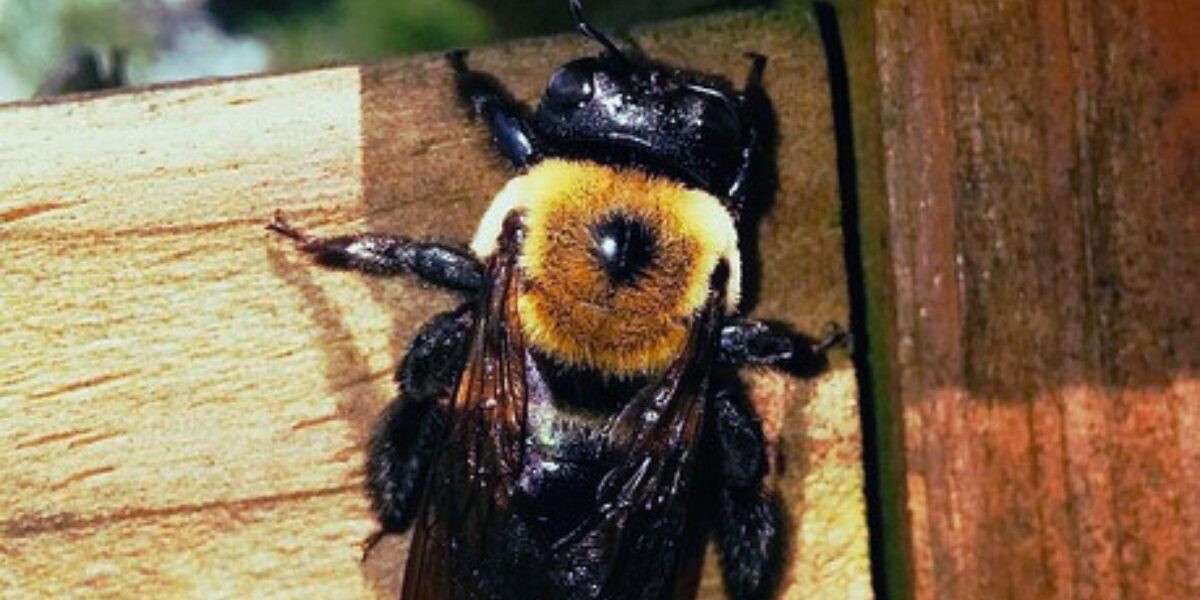

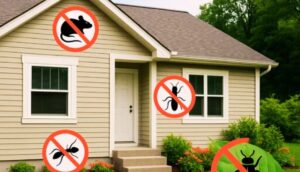

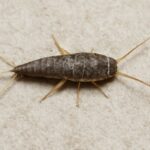
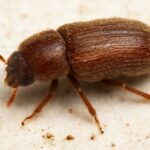
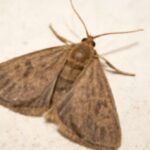
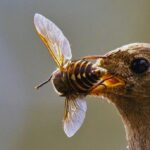
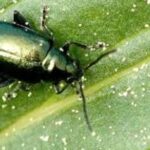
Carpenter bees play a crucial role in pollination, but their habit of tunneling into wood can lead to structural damage if left unchecked. This guide provides a well-rounded approach to identifying and managing carpenter bee infestations effectively. The detailed descriptions of their appearance, life cycle, and damage indicators make it easier for homeowners to recognize an infestation early. The recommended management strategies, including chemical treatments, dust applications, and physically removing damaged wood, offer practical solutions for controlling these bees. Prevention methods, such as sealing holes, treating wood, and filling gaps, are particularly useful for long-term control. The emphasis on prevention being better than cure is a great takeaway, as proactive measures can save homeowners time and money. Overall, this article provides a balanced perspective on handling carpenter bee infestations while recognizing their ecological benefits. A well-structured and informative guide for anyone dealing with carpenter bees!
There are two sides to carpenter bees, on one hand, they are pollinators, but the flip side of the coin is that these bees have been known to cause structural damage, making them an issue. As long as we can keep them in the garden and landscapes where they are needed, they will be of the most benefit!